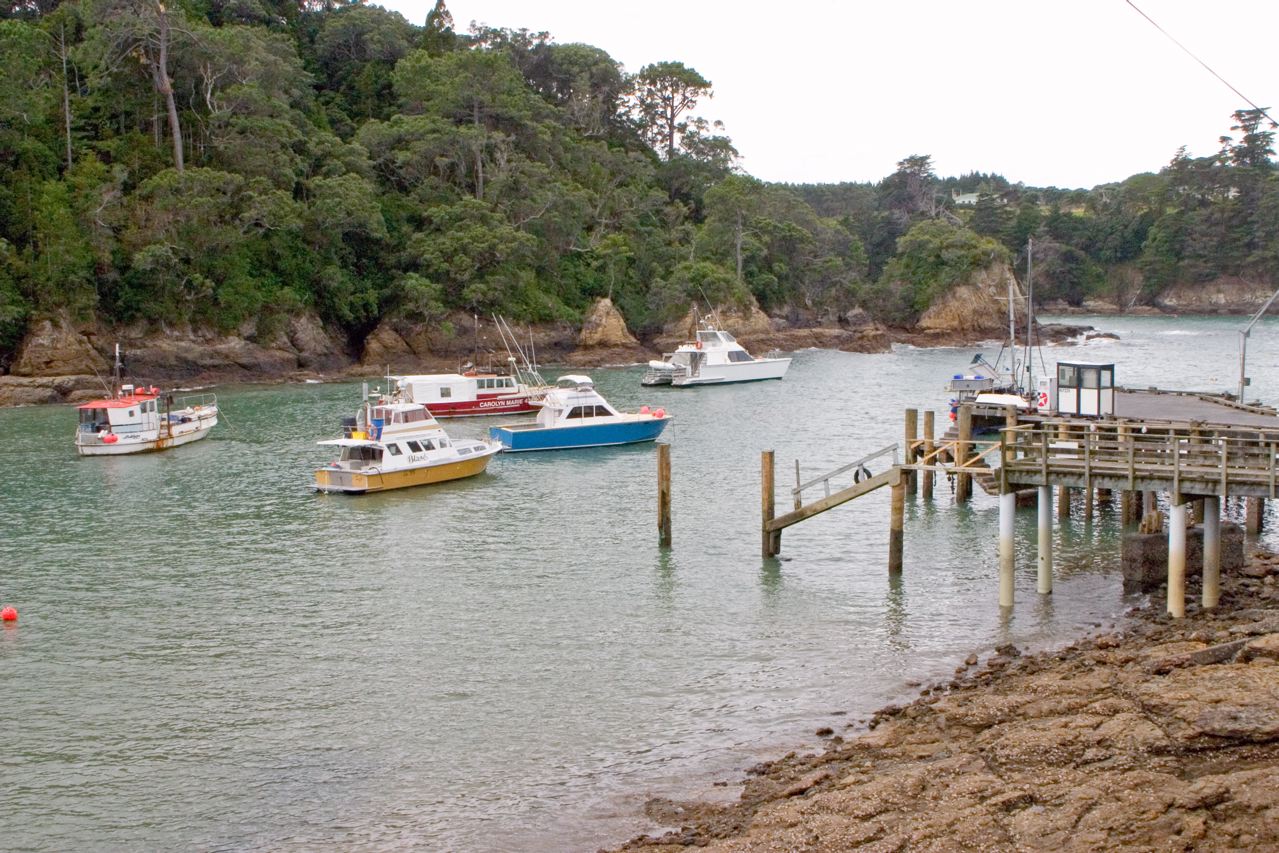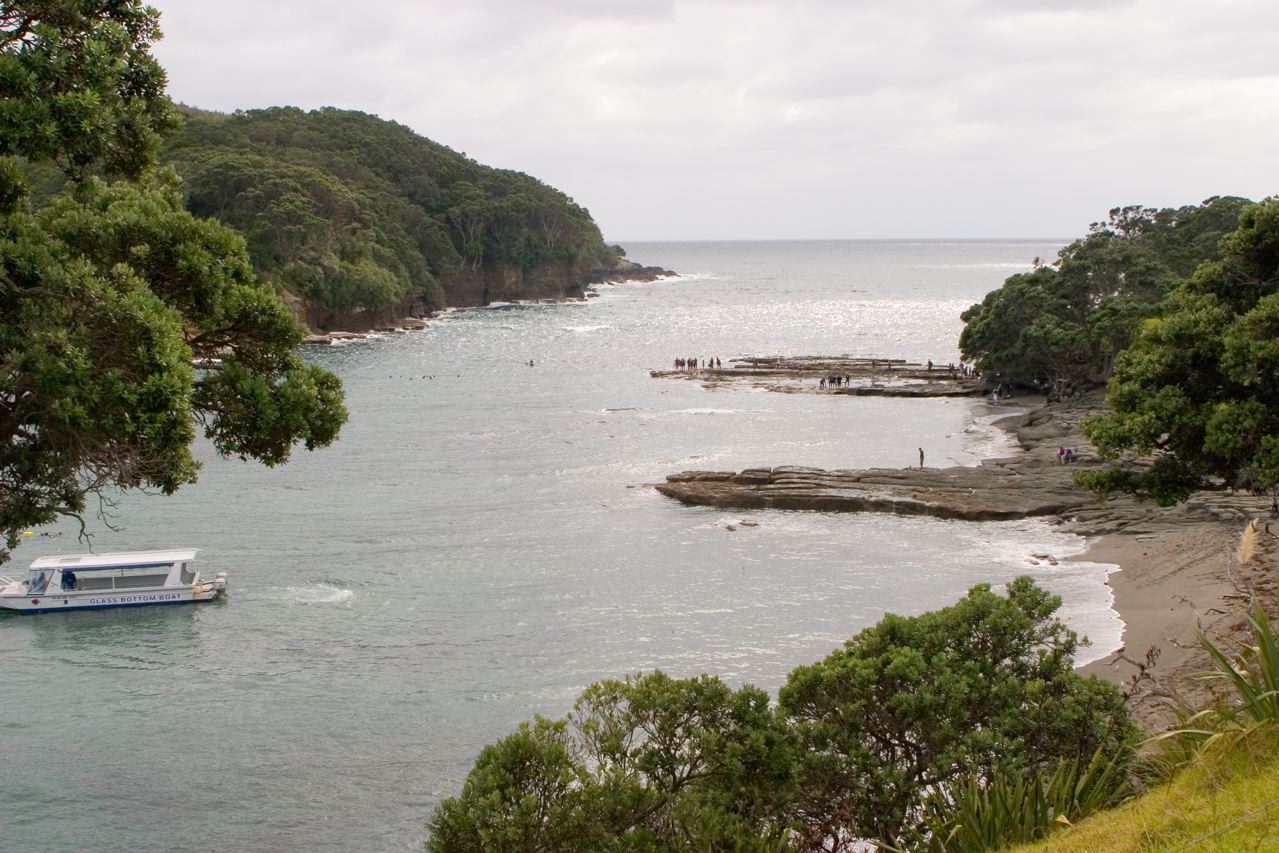Purpose
- Explores and develops market-based solutions.
Summary
Twenty US fishing industry leaders completed a one week study tour to New Zealand in March 2006 to learn firsthand about that nation's 20 year experience with individual transferable quotas. The tour was organized by the California Sea Grant Extension Program. Study tour participants are conducting outreach programs to share what they learned and a tour website is under construction.
 copy.jpg)
Description
With the continued poor economic and biological preformance of many U.S. marine fisheries, there is increased interest in examining alternative management approaches. There is growing awareness that the incentives and responsibilities provided by management systems that provide exclusive access to fisheries resources ( community or individual quota systems, harvesting cooperatives, co-management systems, territorial user rights,etc.) provide incentives for improved fisheries performance.
During March 2006, 20 fishing industry leaders involved in addressing difficult management issues participated in an educational, non-advocacy study tour of New Zealand. Participants included fishermen, processors, and community representatives from the Pacific, New England, and Gulf of Mexico regions. The tour emphasis was on visiting key sites, speaking individually or in small groups with key New Zealand fisheries people, and hearing the views of a wide range of organizations and individuals. After an introduction to the history of New Zealand fisheries management, the study tour events included:
1. Visits to Leigh Fisheries and the Goat Island Marine Reserve.
2. Meetings with fishermen in Leigh, Auckland, Wellington and Nelson.
3. Observation of the Auckland Fish Auction.
4. Site visits to, and presentations at, Sanford Seafoods, Moana Pacific Seafoods, Anton's Seafoods.
5. Presentations by the NZ Ministry of Fisheries, FishServe data services, and NZ Seafood Industry Council.
6. Presentations from the Maori organizations of Aotearoa Fisheries Ltd. and Te Ohu Kaimoana.
6. Participation in a meeting of the National Rock Lobster Management Group.
7. Field trip to observe operations of Challenger Scallop quota owners organization.
After the tour, participants are expected to conduct outreach in their communities and with a wide range of marine fisheries stakeholders. Participants are currently giving presentations to regional fisheries management councils, state agencies, industry stakeholder groups and others. Several are also involved in designing individual quota or other exclusive access systems.
A long term evaluation of tour effects will be completed by the California Sea Grant Extension Program.

Leigh Harbor, first stop on the NZ Fisehries Tour

Goat Island Marine Reserve where fishermen observed native cold-water species aboard a glass-bottom boat
Purpose
Individual transferable quota systems, such as New Zealand's, end the race for fish, provide incentives to individuals for conservation, and often add significant value to fisheries. This is in direct contrast to previous open access or limited entry systems which have lead to resource declines in many fisheries and the dissipation of profits in the race to catch fish.
By observing in person a long running ITQ system in New Zealand, study tour participants were able to learn parts of that system that may or may not work or apply in their local fisheries. The project's purpose is to have the participants apply what they learned to the design of improved fishery managment systems in the US.
Scope
Highly publicized fishery resource and economic failures in the US have motivated industry, the public, and agencies to seek alternative approaches to fisheries management. Market-based systems are one of the primary alternatives being considered and implemented. This makes this tour very timely and applicable throughout the US.
In addition, seafoods represent a huge trade deficit of over $ 8 billion annually. Improved performace by the US fishing industry could improve this situation.
Information Dissemination
The information from the tour is being desseminated in several ways.
1. Tour participants are conducting outreach in their local communities and by participation in design of local and regional fisheries management systems.
2. Summaries of the project are being prepared for publication in trade journals and other media.
3. A tour web site will be launched in the early fall of 2006. This will include access to downloads of presentations heard by the participants, links to New Zealand sources of information, a tour intinerary, downloadable photos, contact information of the participants, evaluation information, articles about the NZ quota management system, articles written about the tour, and a feedback page. The web site will be updated as new information is available.
Project Link http://nzfishtour.ucdavis.edu
Amount Approved$25,000.00
on 11/30/2005
(Check sent: 12/12/2005)